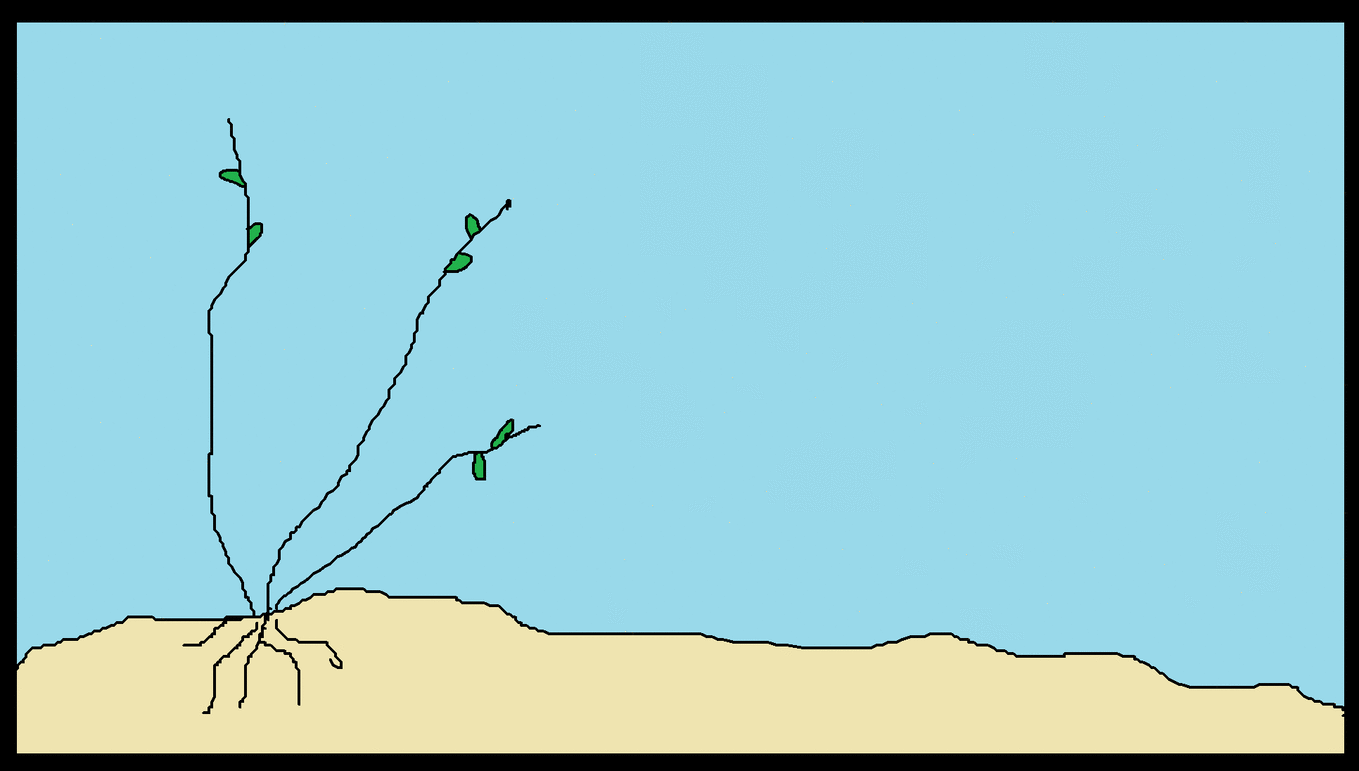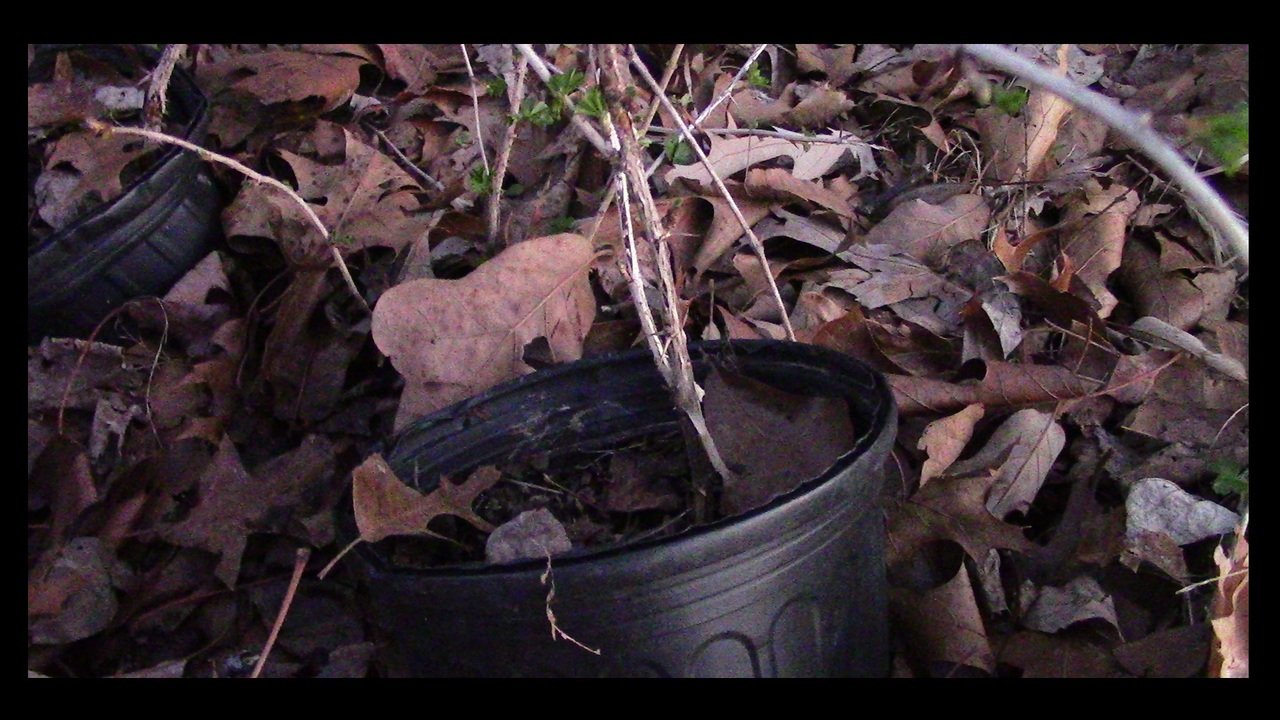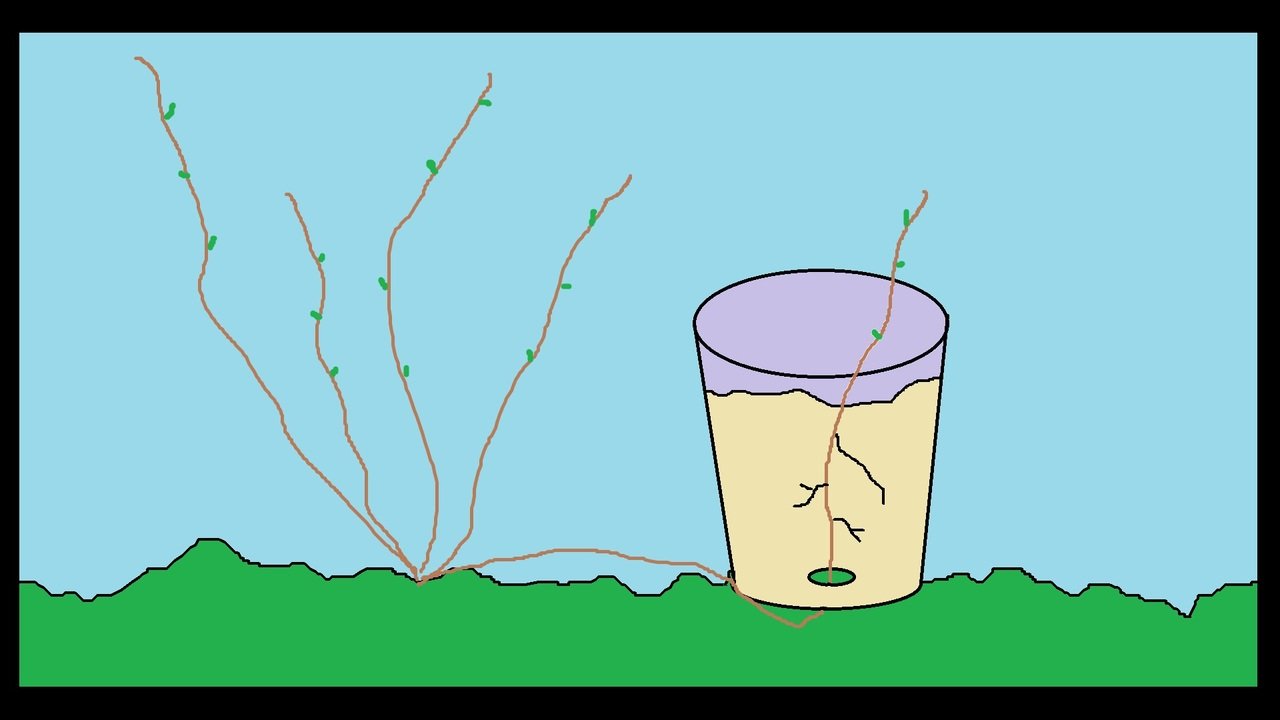
Layering is another simple way to attempt to propagate your own plants.
I’ve used it before with multiple varieties and it certainly works well with certain types of plants. Often, plants like Raspberries are propagated using this method. It is another excellent way to get more plants so that you can grow more of your own food.
Basically, some plants can grow roots very easily from their stems. When the stems are buried, certain points of growth on the stems will begin to grow roots instead of leaves. These nodes have the information to develop either above ground parts (stems and leaves) or below ground parts (roots). But simply bending a living stem back to the earth and burying it, the process can begin.
Once the plant realizes that this section of stem is now beneath the soil, it sends our roots from its nodes instead of leaves. Some people will even “wound” the outer layer of the stem by scraping it with a knife in order to stimulate a reaction from the plant. A special rooting hormone can also be applied, but with certain species this is all unnecessary.

Here is a GIF I made showing the basic idea.

The benefit that layering provides over propagating from cuttings is that the new plant remains attached to the mother plant during the rooting process. If a cutting does not root in time, it will dry up and die. Since a layered plant is still receiving what it needs to survive from the mother plant, the roots have longer to develop, which can help.
To ensure that the layered portion does not work its way out of the soil and back into the air, it is beneficial to weight it down with a rock or another heavy object. If the soil is kept moist enough, the roots should begin to grow. A gentle tug on the stem can usually be used as a means to determine if the plant has successfully rooted or not.
Once you believe that the roots have developed, you can cut the part of the stem still attaching the new plant to the mother, and, just like that, you have a new plant to be potted or planted elsewhere.


As a new twist on an old technique, I fed some stems of some wild American Gooseberries through the holes in the bottom of some pots.

Then, I filled the pots with soil and left them on the ground, still attached to the mother Gooseberry plant. Since the roots form in the potted soil, after I cut the stem off from the mother, it’ll already be potted!
In this video, you can see me explain a little more of this process:
I still have some more posts in this series exploring various grafting techniques and also air layering, so stay tuned and I should keep them coming.
Getting free plants by propagating is a great and rewarding hobby that can not only provide you with more plants, but more food if the plants are edible, or even more money if you can sell them! We really enjoy and are eagerly looking forward to making several edible acres, with plenty to feast on and share!
STEEMIT LIKE YOU MEAN IT!
Here’s the previous posts from the papa-peppers guide to plant propagation series:
Introduction
Passionfruit & Elderberry
Kiwi, Goji Berry, & Dates
Pitaya & Prickly Pear
Grapes & Figs
Hobby, Business, or Both?
Grafting 1.0 - Reasons


